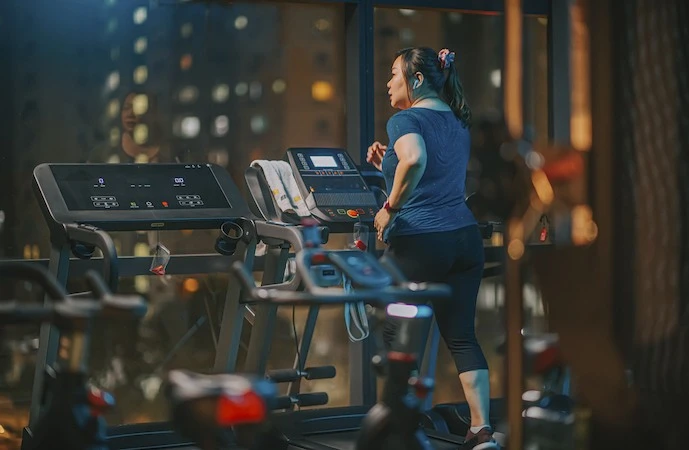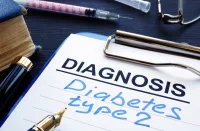New research reveals that moderate to vigorous physical activity in the evening is most beneficial for lowering daily blood sugar levels in sedentary adults with overweight and obesity. The findings are published in Obesity.
It is well established that moderate to vigorous physical activity enhances glucose homeostasis in overweight and obese adults who are at higher risk of developing insulin resistance. However, little is known about the optimal timing of such activity for improving daily blood glucose control.
Study researchers highlight the importance of precision exercise prescription. In clinical practice, certified sports and medical personnel should consider the optimal timing of exercise to enhance the effectiveness of physical activity programmes.
The study utilised data from baseline examinations in a multi-centre randomised controlled trial conducted in Granada and Pamplona, Spain. The trial aimed to study the efficacy and feasibility of time-restricted eating on visceral adipose tissue, body composition, and cardiometabolic risk factors in adults with overweight and obesity.
One hundred eighty-six adults, with an average age of 46 and a body mass index of 32.9 kg/m², participated in the study. Their physical activity and glucose patterns were monitored over a 14-day period using a triaxial accelerometer worn on the non-dominant wrist and a continuous glucose-monitoring device.
Researchers categorised the volume of moderate to vigorous physical activity accumulated each day. Categories included inactive (no activity accumulated) and ‘morning,’ ‘afternoon,’ or ‘evening’ if more than 50% of the activity minutes for that day were accumulated between 6 a.m. to noon, noon to 6 p.m., or 6 p.m. to midnight, respectively. The category ‘mixed’ was used if none of the defined time windows accounted for more than 50% of the activity for that day.
Results showed that accumulating more than 50% of moderate to vigorous physical activity in the evening was associated with lower day, night, and overall blood glucose levels than being inactive. This association was stronger in participants with impaired glucose regulation. The pattern of these associations was similar for both men and women.
This study provides insights beyond telling patients to ‘move more and moves towards individualised exercise prescriptions for different chronic conditions. It suggests moving as often as possible and prioritising afternoon-to-evening movement when feasible for glucose regulation.
Source: The Obesity Society
Image Credit: iStock










